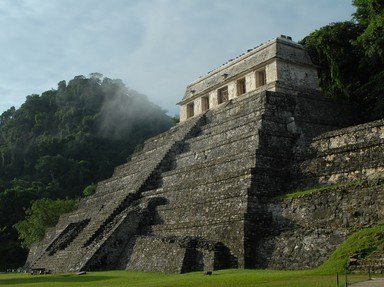Quiz Answer Key and Fun Facts
1. 1848 was a year of revolution and political upheaval across much of Europe with uprisings in Hungary, Belgium, Poland, the Italian states and German states as well as other countries. What "seasonal" name is sometimes given to these uprisings?
2. A series of revolts by slaves against the Roman Empire culminated in a rebellion of over 100,000 former gladiators and slaves between 73 BC and 71 BC. Who was the leader of this revolt, the subject of a 1960 Stanley Kubrick film - and a well-known source of inspiration to some sections of the extreme Left?
3. Which revolution began with the storming of the Bastille on 14th July 1789?
4. Played by Marlon Brando in the 1952 film "Viva Zapata", Emiliano Zapata was a revolutionary leader in which country's upheavals from 1910-1920?
5. One definition of Revolution is "a big change or improvement in the way something works or in the way people do a particular activity". What term is commonly used to describe the transition from hand production methods to the widespread use of machines that started in Britain in the late 18th century?
6. Prior to the Unification of Italy, several of the Italian states revolted against the ruling monarchs and princes in 1848. Which island state was the first of these states to revolt, commencing in January of that year?
7. William Gaud of the U.S. Agency for International Development coined what phrase to describe the technologies used to increase agricultural production between the late 1940s and late 1960s? The colour is now associated with a clean environment.
8. Known officially as "The Great October Socialist Revolution", but more commonly known as "Red October", in which country did the Bolsheviks revolt in 1917?
9. Prior to the American Revolutionary War, also known as the American War of Independence, the American colonists resented (among other things) the high taxes imposed from Britain. In a show of defiance, some colonists took direct action in Boston harbor in 1773. What did this action become known as?
10. Mao Zedong, Chairman of the Communist Party of China and later the head of The People's Republic of China, led the way in social and political reforms leading the country into Communism. What is the period in China from 1966 to 1976 commonly called?
Source: Author
shuttlemania
This quiz was reviewed by FunTrivia editor
bloomsby before going online.
Any errors found in FunTrivia content are routinely corrected through our feedback system.

